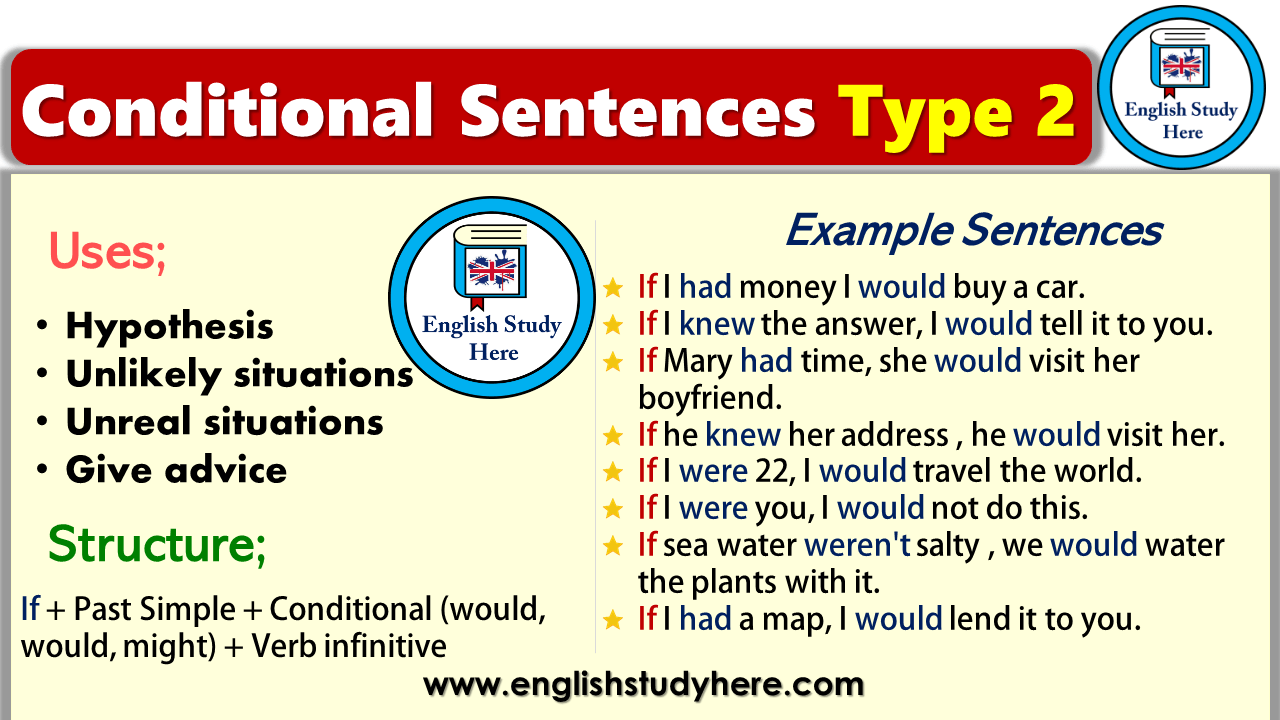Conditional sentences are used to express possible or hypothetical situations and their consequences. There are three main types of conditional sentences: type 1, type 2, and type 3. Each type has its own structure and usage, and it is important to understand the differences between them.
Type 1: Type 1 conditional sentences are used to talk about possible situations in the present or future. They consist of two parts: the if-clause (present simple) and the main clause (will + base verb). For example, “If it rains, I will bring an umbrella.” This type is used to express real or likely situations that may happen.
Type 2: Type 2 conditional sentences are used to talk about hypothetical or imaginary situations in the present or future. They consist of the if-clause (past simple) and the main clause (would + base verb). For example, “If I had more money, I would buy a new car.” This type is used to express unlikely or impossible situations in the present or future.
Type 3: Type 3 conditional sentences are used to talk about hypothetical situations in the past. They consist of the if-clause (past perfect) and the main clause (would have + past participle). For example, “If I had studied harder, I would have passed the exam.” This type is used to express regrets or unreal situations in the past.
It is important to note that in all types of conditional sentences, the if-clause is used to introduce the condition, and the main clause is used to show the result or consequence of that condition. By understanding the differences between type 1, type 2, and type 3 conditional sentences, you can effectively communicate hypothetical or possible situations in English.
In conclusion, conditional sentences type 1, 2, and 3 play a crucial role in expressing various types of situations and their consequences in English. By mastering the structures and usage of these types, you can enhance your ability to communicate effectively and accurately in both spoken and written English.
